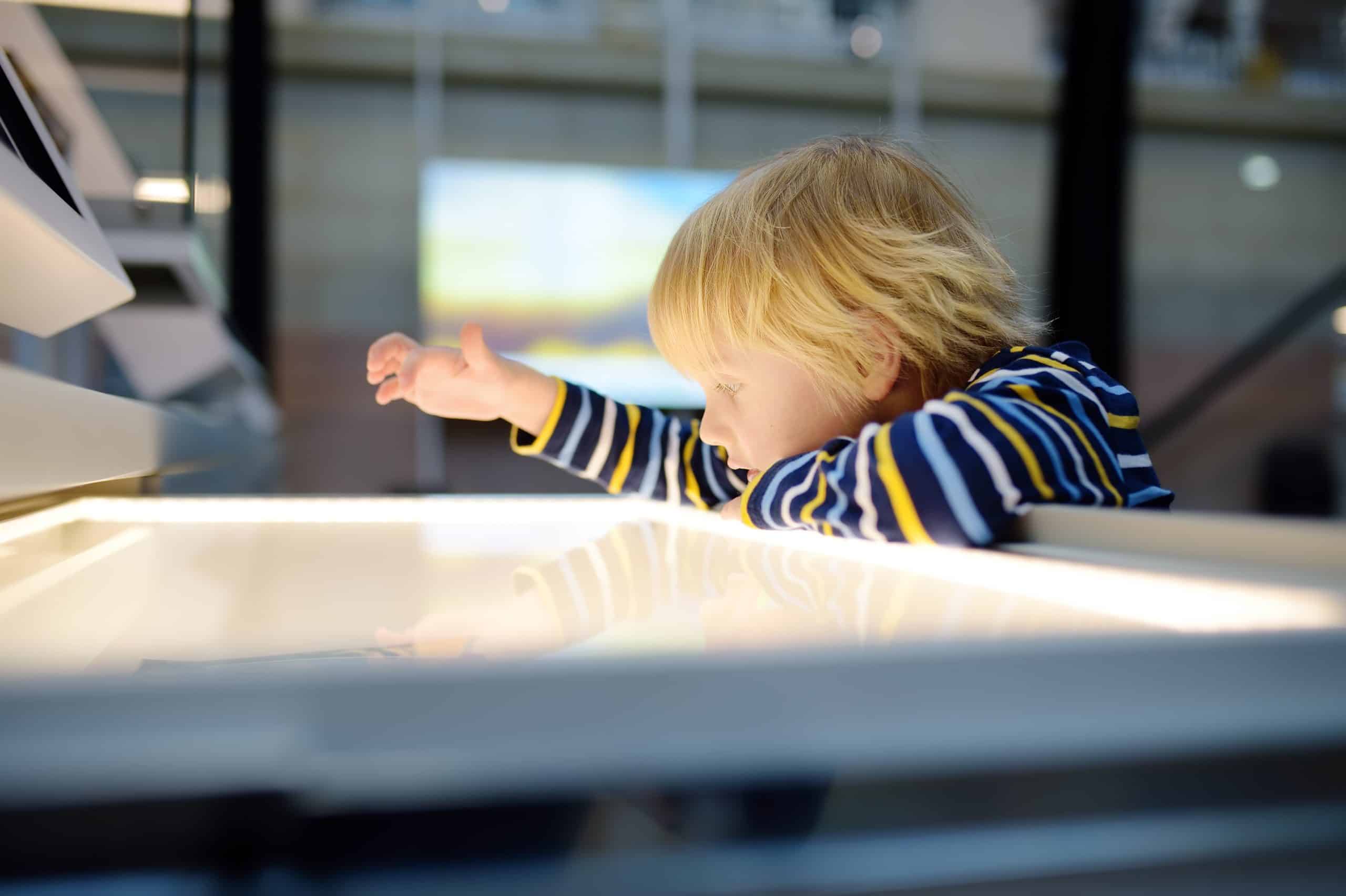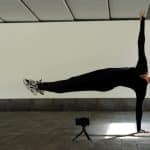Public health is a matter of concern for all of us. With an increase in diverse health challenges in our societies, there is a growing need for a more informed public that understands health-related topics. Museums, traditionally seen as contributors to art and cultural education, are now playing a pivotal role in enhancing public health literacy. This transformation has been particularly driven by the rise of interactive health education exhibitions that fuse the visual and experiential learning approach, making health education accessible, engaging, and fun for all participants. In this article, we shall delve into how these interactive health education exhibitions in museums are not just transforming the way learning happens but also shaping the health literacy of the public.
The Power of Interactive Exhibitions
Interactive exhibitions in museums have the potential to revolutionise how the public perceives and processes complex health topics. These exhibitions utilise a range of strategies, such as digital exhibits, hands-on experiments, and immersive environments, to engage visitors in an active learning experience.
In parallel : Does Regular Practice of Qigong Improve Immune System Functioning in Older Adults?
Interactive exhibitions take the essence of traditional museums – the visual display of information – and add an experiential layer to it. This combination not only caters to diverse learning styles but also makes the learning process more engaging and effective. Visitors, whether they are children, students, or adults, are no longer passive viewers but active participants in the learning process.
Historically, health education has been dominated by text-heavy, data-intensive content that can be off-putting for many learners. However, interactive exhibitions break down these barriers by translating complex health data into simpler, visual, and experiential learning modules. This approach not only demystifies health-related data, but it also facilitates a deeper understanding of health concepts among the participants.
Have you seen this : How Does the Use of Smart Fabrics in Athletic Wear Improve Performance and Injury Prevention?
Museums as Catalysts of Health Literacy
Museums, with their focus on education and societal enrichment, are well-positioned to champion public health literacy. By hosting interactive health exhibitions, they can foster a culture of health consciousness and informed decision-making among the public.
Health literacy is not just about understanding health information; it is about equipping individuals with the knowledge to make informed decisions about their health. This is where interactive museums step in – they offer a platform for visitors to explore, question and understand various health topics in a supportive, non-judgmental environment.
Museums also have the advantage of being trusted sources of information. In a world where misinformation can spread faster than facts, museums can play a crucial role in providing accurate and reliable health information to the public through their exhibits.
The Role of Technology
Digital technology plays a critical role in making these interactive health exhibitions engaging and effective. Cutting-edge technologies like virtual reality (VR), augmented reality (AR), interactive displays, and digital games are being increasingly used in these exhibitions to create immersive, realistic, and hands-on experiences for the visitors.
For instance, visitors can use VR to understand the human body’s inner workings or use interactive displays to learn about the latest health research. These technologies not only make learning fun but also help visitors retain and apply the information they have learned.
Moreover, digital technology also allows museums to gather data about visitors’ learning behaviors, preferences, and engagement levels. This data can help museums fine-tune their exhibits to better cater to their visitors’ learning needs and preferences, thereby enhancing the effectiveness of their health education initiatives.
Engaging Scholars and Students
Museums are increasingly partnering with educational institutions to bring interactive health exhibitions to students. These partnerships provide a unique opportunity for scholars to bring their research to the public and for students to engage with health topics in an informal, interactive setting.
These collaborations create a win-win situation for all parties involved. Scholars get a platform to share their research with the public, students get to learn about health topics in an engaging way, and museums enrich their exhibits with the latest research and innovations in health science.
By opening up the world of health science to students and the public, these interactive exhibitions inspire future generations of health professionals. They also foster a culture of health consciousness and informed decision-making among students, thereby contributing to better public health outcomes in the long run.
To sum up, interactive health education exhibitions in museums are an innovative, engaging, and effective way to enhance public health literacy. By combining visual and experiential learning, they make health education accessible, engaging, and fun for all participants. They also play a crucial role in dispelling health myths and misconceptions, promoting informed decision-making, and fostering a culture of health consciousness among the public. With the power of technology and the active engagement of scholars and students, these exhibitions are set to revolutionize how we understand and engage with health education.
Virtual Museums: Expanding the Reach of Health Education
In an increasingly digital world, museums are not confined to physical spaces anymore. Virtual museums have emerged as a powerful medium for reaching a wide audience, breaking geographic and socio-economic barriers that often restrict people’s access to traditional museums.
Virtual health education exhibitions in these virtual museums deliver the same interactive and engaging learning experiences as their physical counterparts. They leverage advanced technologies such as 360-degree video tours, 3D modeling, and interactive games to make health education accessible to everyone, everywhere.
In these virtual exhibitions, visitors can learn about a wide range of health topics – from mental health to disease prevention – at their own pace and without the constraints of time or travel. For instance, through a virtual tour, a visitor can learn about the risk factors of cardiovascular diseases, interact with 3D models of the human heart, or even participate in a digital game that teaches them about healthy lifestyle choices.
Moreover, virtual museums can offer personalized learning experiences based on the visitor’s interests and learning needs. They can use data analytics to understand the visitor’s learning behavior, preferences, and engagement levels, and tailor the content accordingly. This personalized approach not only enhances the visitor experience but also boosts the effectiveness of health education.
Furthermore, virtual museums can enhance the reach and impact of health education by partnering with online platforms. For instance, they can collaborate with Google Scholar to integrate the latest health research into their exhibits or with social media platforms to raise awareness about various health topics among the general public.
Role of Museum Educators in Promoting Health Literacy
Museum educators play a pivotal role in facilitating meaningful visitor experiences in interactive health education exhibitions. They act as guides, facilitating the learning process and making complex health topics accessible and understandable to visitors of all ages and backgrounds.
Museum educators use a range of strategies to engage visitors and enhance their learning experience. They might conduct interactive workshops, organize hands-on experiments, or even use storytelling to bring health topics to life. They strive to create an inclusive, supportive, and engaging environment where visitors feel comfortable exploring, questioning, and understanding complex health topics.
Moreover, museum educators play a crucial role in dispelling health myths and misconceptions. They ensure that the exhibitions are not just visually engaging but also scientifically accurate and up-to-date. They work closely with health experts and researchers to ensure that the information displayed in the exhibitions is reliable and relevant.
In addition, museum educators also act as a bridge between museums and schools. They work with teachers to integrate the museum’s exhibitions into the school curriculum, thereby enhancing the students’ learning experiences and fostering a culture of health consciousness from a young age.
Conclusion
Health literacy is not a luxury, but a necessity in today’s complex and rapidly changing health landscape. Museums, with their focus on education, accessibility, and engagement, are uniquely positioned to enhance public health literacy.
Interactive health education exhibitions in museums, whether physical or virtual, are transforming the way we perceive and engage with health education. They are making health topics accessible, engaging, and fun to learn, thereby promoting a culture of health consciousness and informed decision-making among the public.
The role of digital technology and museum educators is pivotal in this transformation process. While digital technology brings health education to life through immersive and interactive experiences, museum educators facilitate a supportive and engaging learning environment where visitors can explore, question, and understand complex health topics.
In the future, as museums continue to innovate and expand their reach, their role in promoting health literacy will undoubtedly grow. Whether it’s a child exploring the human body in a children’s museum, a student learning about mental health in a science museum, or an adult understanding risk factors in a natural history museum, museums are empowering individuals with the knowledge they need to make informed health decisions. They are indeed becoming the champions of public health literacy in the 21st century.
















